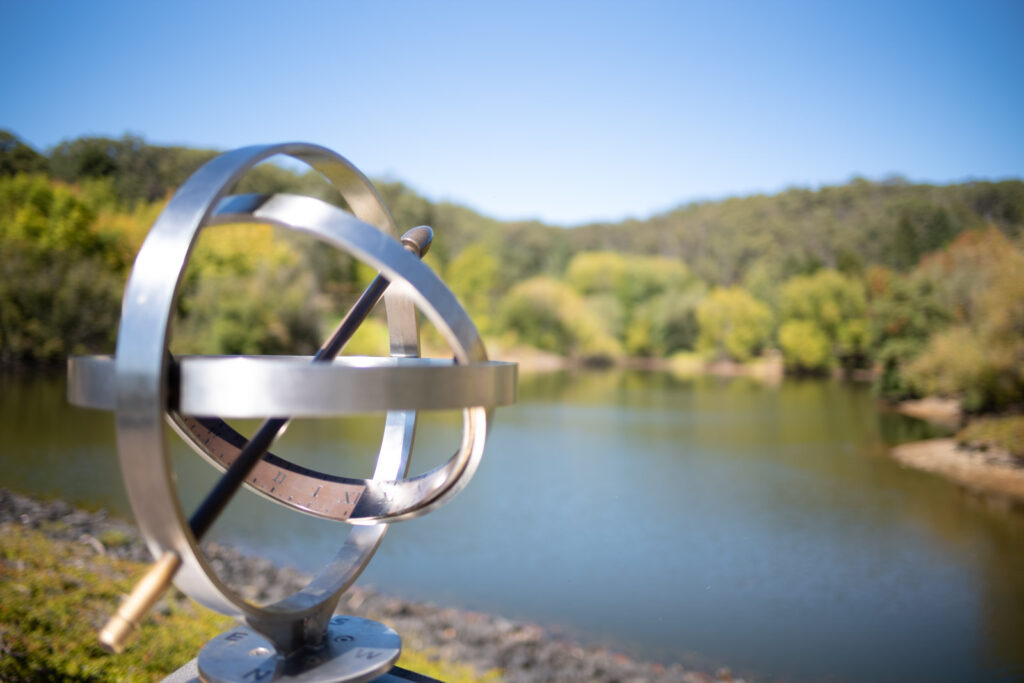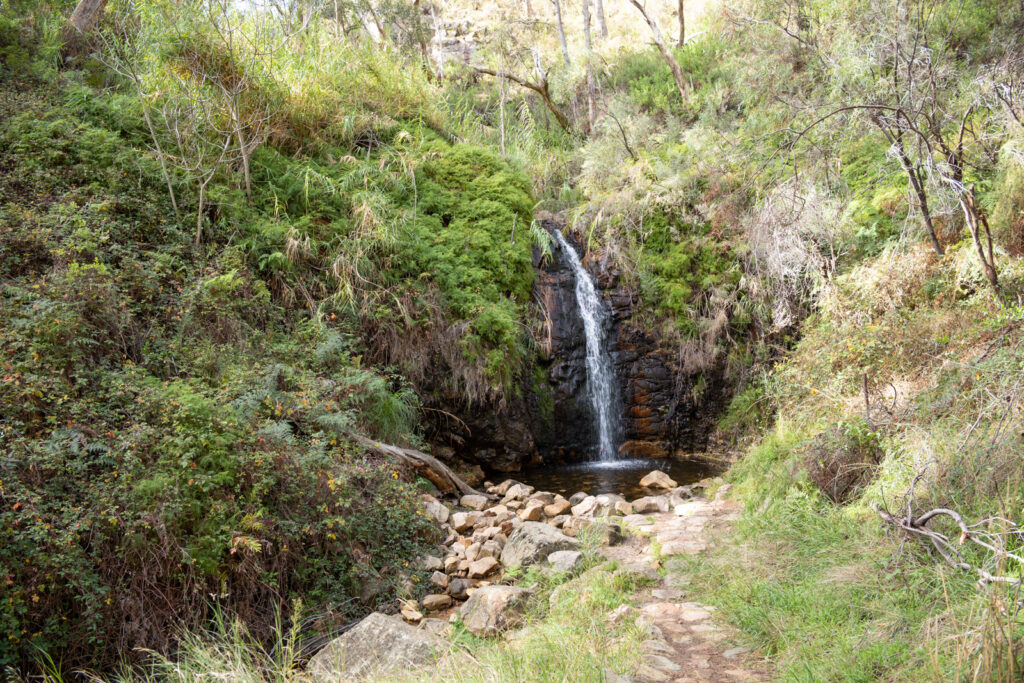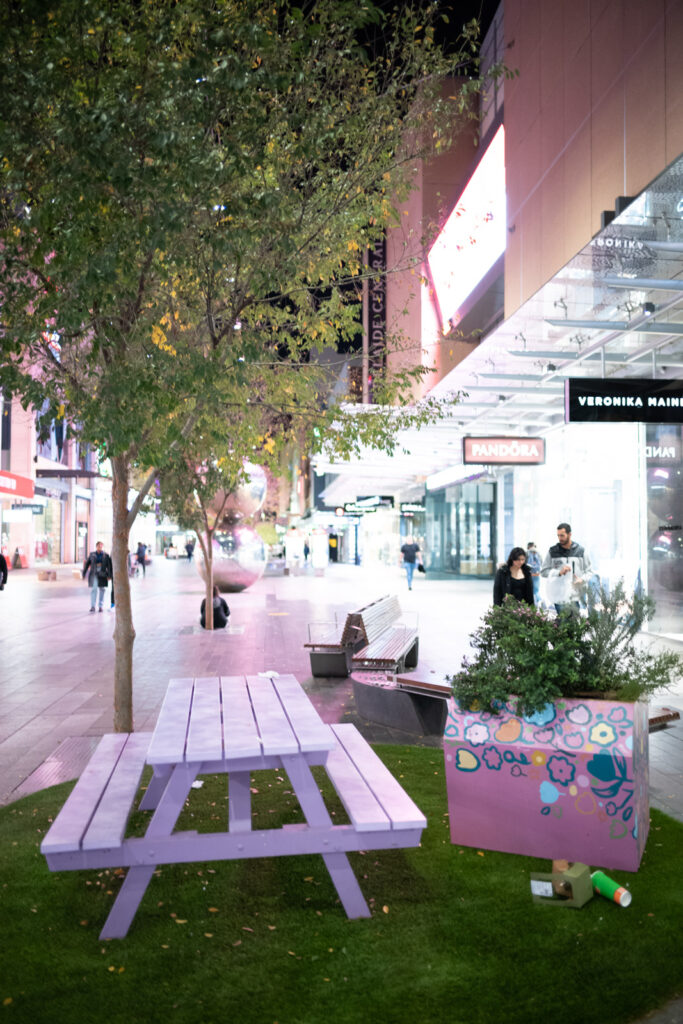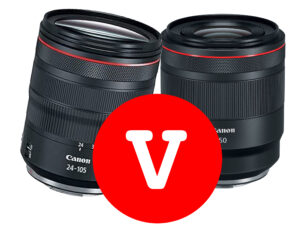I’ve had the Leica 28mm F1.4 Summilux for 3 months at the time of writing this review. In that time I’ve trialled it for landscapes, close ups, low light. All the samples in this review are unedited, I want to show you a true indication of what the lens is capable of, and let you edit them for yourself to your liking. Download the DNGs of these images taken on the Leica M10 to see for yourself what this lens is capable of. I took them on my M10 in 2021.
Released in 2014, Leica’s 28mm Summilux completes their line of high end, fast lenses. It is a unique combination. You don’t normally associate wide angle with fast, wide open apertures. So this lens is a little unique.



The fast f/1.4 to offer shallow depth of field at maximum aperture and low light performance are the main reasons to buy this lens and both provide a degree of creative potential for serious photographers. For me, this lens lets me shoot wide at low ISOs with a shutter-speed I can handhold at night. Its lack of distortion will attract well-heeled landscape and architectural photographers. For me the only downside is the size as it does block the viewfinder on the Leica M10 significantly, but once you are into Leica you are used to that happening.


28mm is (or was) an odd lens size for Leica
When people get into Leica Ms, you tend to choose a 50mm as your first lens. Indeed, Leica has more 50mm lenses than any other size to choose from. For me back in 2015 it was the same, I got a 50mm thinking it would be the only lens I’d use. But, then I realised I want to have more going on in my frame, and not just be shooting one isolated subject which is what you tend to do with a fast 50mm. So I got a 35mm, originally the 35mm F2 Summicron, then later the 35mm Summilux. 28mm lenses, the Elmarit, Summicron, and now Summilux are the last to arrive to the Leica lens party.
This lens is one of the bigger Leica lenses. No where near as large as a Noctilux 50mm, but at 49mm it is physically the largest, and heaviest I own. No problem for me. It sits well on the M10 and I find it is well balanced. I tend to like more weight with my cameras as it helps me keep them steady. Being larger, you notice how you need to turn the aperture ring more and the larger focus throw. Everything with the build quality of this lens is excellent.It is built like a tank, going to last forever.

Why has 28mm become so popular?
With a 75° field of view, 28mm seems so familiar. It is the focal length of the iPhone originally and most smartphones have copied this. Since 2006 we’ve become accustomed to 28mm being the focal length we are used to.


The background bokeh is nice – obviously improves with closer subjects. The colour signature of the 28mm Summilux is typical Leica – a certain contrast but neutral tone.
Getting Started
The first thing I tend to do with any lens is put a UV filter on it to protect it. Initially I didn’t think I’d be able to. The lens has a protective ring on the filter thread you need to remove. Catches a lot of new users out. Also, be careful with the UV filter choice – as the glass protrudes a little you need a filter that’ll give you clearance.
All Leica lenses for the M series are handmade to extremely narrow tolerances. You end up with a small signed test certificate in the box with it.
The close focus limit for this lens is 70 cm, which makes it largely unsuitable for extreme close-up work but fine for a medium portrait or bunch of flowers. The lens is supplied with a shallow metal hood that screws into a thread running around the outer rim of the barrel, fitting very securely.
Hows does the 28mm Summilux perform?
Fantastic. This lens retails for a little over $10,000 Australian and it shows it is worth the money. I want to give a shoutout here to my Leica dealer. I tend to use PhotoCo in Adelaide, they can often get something in a hurry, pricing I trust them as always delivering the best, and and having been dealing in Leica for over 50 years they know the product and can make a good deal with Leica happen for you.
The optical design of this lens consists of 10 elements in seven groups, with one aspherical element and the remaining elements made from glass with anomalous partial dispersion, which focuses all colours on the same plane. A floating element directly behind the iris diaphragm is moved independently of the main focusing group to maintain quality at close focusing distances.
Apparently distortion is only around 1.1% as this lens is so well corrected. When you import the DNGs into Lightroom you can just catch the correction.
Most of the time, the 35mm Summilux is on my M10. It just fits so well and the frame-lines are in the perfect position for me to frame up. The 28mm Summilux is noticeably wider, and it is begging for me to compose photos in a different way. The 28mm creates more of a dramatic in your face scene. You fit more, as in cram more, into the frame with a 28mm compared to a 35mm which I’m enjoying.

There seems to be a long focus throw with this lens. Which is good in my book because it gives me space for accuracy.
The lens captures fine detail in the shot beautifully. There is also minimal corner distortion. You’ll see with this review I tend to take real world shots, I’m not a big fan of taking test card images. I want to see how the lens performs for real photography. I took this shot at F1.4 to show you what it can do.



So the lens performs great in outdoor walk around landscape style photos, but the main reason I wanted it was for low light street landscape photos. I tend to enjoy natural light photography and I find the Summilux lenses from Leica bring the world to life with new qualities after dark.



I relish taking natural and available light photos after dark. The world has a different quality with new shadows and colours. With clean images from high ISO cameras anyone can do it. For me, I’m finding the Summilux lenses let me enjoy this with a fast shutter speed and low ISO. The photographs are so clean and detailed.


For street and walk about/travel photography, I am starting to think the 28mm focal length is an ideal choice as you don’t often feel limited and it is what we are used to and well practised in just pulling out our phones and taking for a majority of needs. If taking photos of people from a distance is your thing, then for sure, invest in a 50mm or 75mm or even 90mm but 28mm or 35mm will just let you capture more in the frame to tell the story. If you don’t like tripods (I don’t), this lens will delver for low light handheld work. At F1.4, sharpness is already close to its maximum resolution so there is never a compromise in sharpness throughout the range. What I’ve found is that the F1.4 depth of field provide adequate focus throughout the entire image when shooting at infinity. – Don’t believe me? Well, download the DNGs and see for yourself.



Why not just get a Leica Q?
If you haven’t heard, the Leica Q comes with the 28mm Summilux in an F1.7 version with macro capability. If all you want to shoot is 28mm on digital then go for it. The Q is great value. You essentially buy the Summilux 28mm and get the full frame body for free. Neato! But I’m already invested in the M system and like to shoot digital, film, and swap my focal lengths around. But I get it, some people want to have 1 focal length and stick with it. Which is why it won’t surprise me if we one day see a Leica Q 28mm, Leica Q 35mm and Leica Q 50mm option.
Leica is never going to be cheap…if you want the best then you pay for it. Sure there are options out there that come close for a fraction of the price, but it is up to you to decide if it is worth the extra money for the leap forward.







































































2 Responses
Thank you for the Frank and thoughtful review… I’m sold!
After more than a year with the 28mm Summilux, i am still loving it. Hope you ended up getting one.